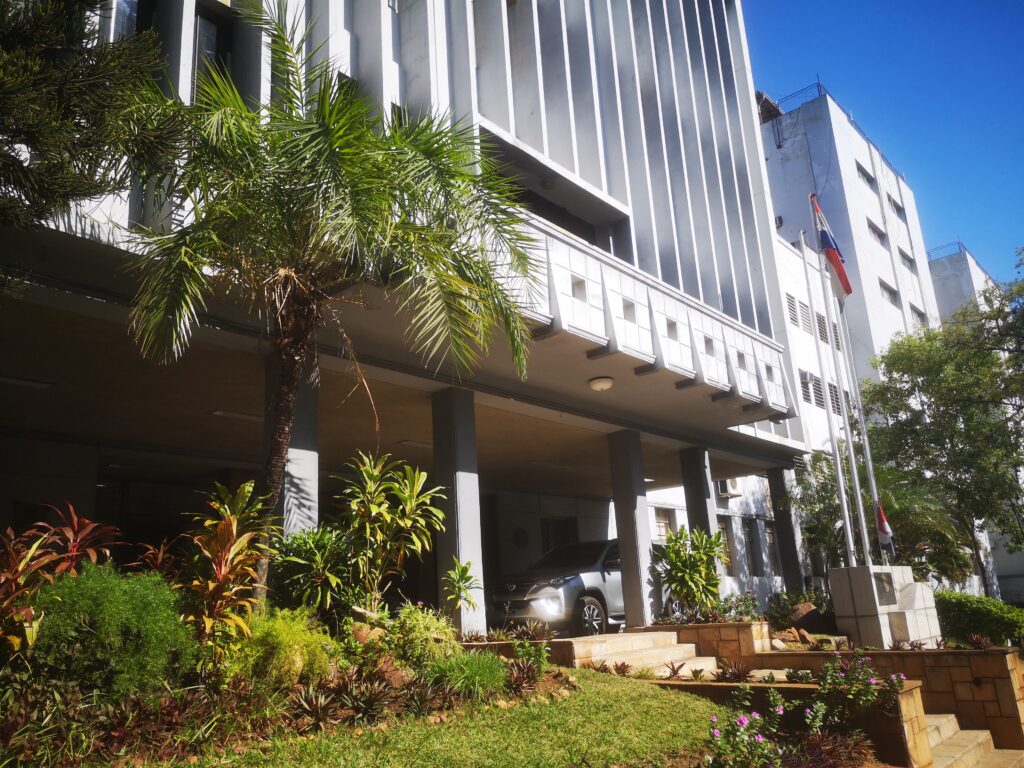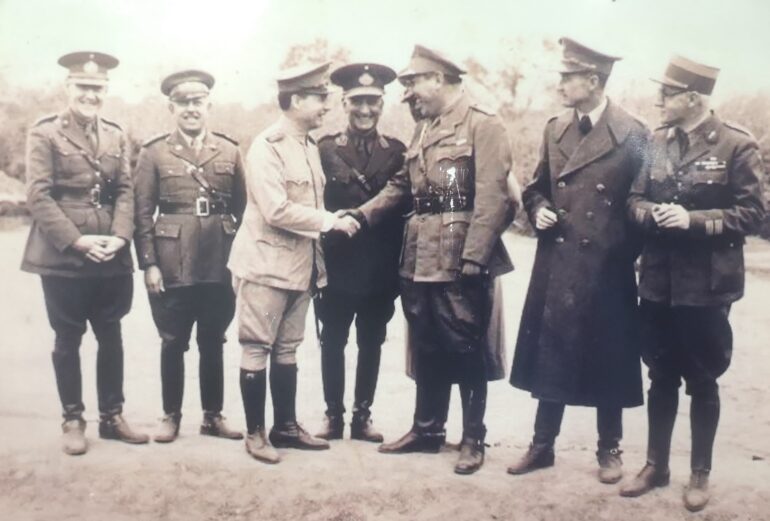The ’Chaco War’, which ended 89 years ago today, is considered one of the most important wars during the 20th Century in South America, and was fought between Bolivia and Paraguay over the Gran Chaco region. The war, which began on September 9th, 1932, lasted three years and ended on June 12th, with the signing of the Protocol of Peace. This momentous agreement put an end to the violence, marking a day of profound significance for the Paraguayan people.
During the conflict, Bolivia and Paraguay mobilized 250,000 and 150,000 soldiers respectively, highlighting the scale of the war. Known as one of the bloodiest and most brutal wars in the histories of both nations, the Chaco War resulted in the loss of 36,000 young Paraguayan lives and 60,000 Bolivians. The number of casualties was further increased by the severe shortage of water and food, stemming from the harsh natural conditions of the Gran Chaco region. The environment, characterised by extreme heat and dryness, posed significant challenges to the soldiers, leading to immense suffering for those stationed on the frontlines.
Even today, the area is sparsely populated and the majority of the inhabitants are Mennonites, who were strategically relocated by the Paraguayan government before the conflict to deter potential attacks from Bolivia at the time.
Beyond the loss of life, the war inflicted significant economic damage on both nations. Its repercussions also reverberated politically, leading to military and other revolutions in Paraguay. It can be said that the war shaped the future of both countries.
Today, exactly 89 years later, the President of the Republic of Paraguay, Santiago Peña, commemorated this momentous occasion from Mariscal Estigarribia in Chaco, Boquerón. “Let us continue to honor our history and strengthen peace,” he affirmed.
Through his social media channels, the President released a video of his meeting with Ángel Caballero, the nephew of Lieutenant Colonel Basiliano Caballero Irala. Ángel Caballero recounted the historic first reconciliation between Paraguayan and Bolivian soldiers.
President Peña commented, ‘’We celebrate the Peace of Chaco with pride for our reclaimed Chaco and the brotherhood with Bolivia, exemplified in the account provided by then Lt. Col. Brasiliano Caballero Irala’’.
To honor this historic and tragic chapter, the Ministry of Defense Museum in Asunción showcases a variety of wartime artifacts. Exhibits include cannons and weapons used during the conflict, as well as personal items like uniforms, desks, and books belonging to the war heroes.

Notable figures such as Colonel Jose Felix Estigarribia and President Eusebio Ayala, who played crucial roles in strategically directing the war, are prominently featured. Additionally, the museum displays photographs highlighting key battles to provide a vivid account of the conflict’s critical moments.
This museum stands as a lasting reminder of the past, honoring the sacrifices made during the Chaco War and preserving the memory of those who defended their country with unwavering courage.

Information about the Ministry of Defense Museum in Asunción:
Opening times: 7am to 3pm Monday to Friday (closed on public holidays)
Cost to enter: Free
Bring: Your identity document (Cedula de Identidad or Passport)


